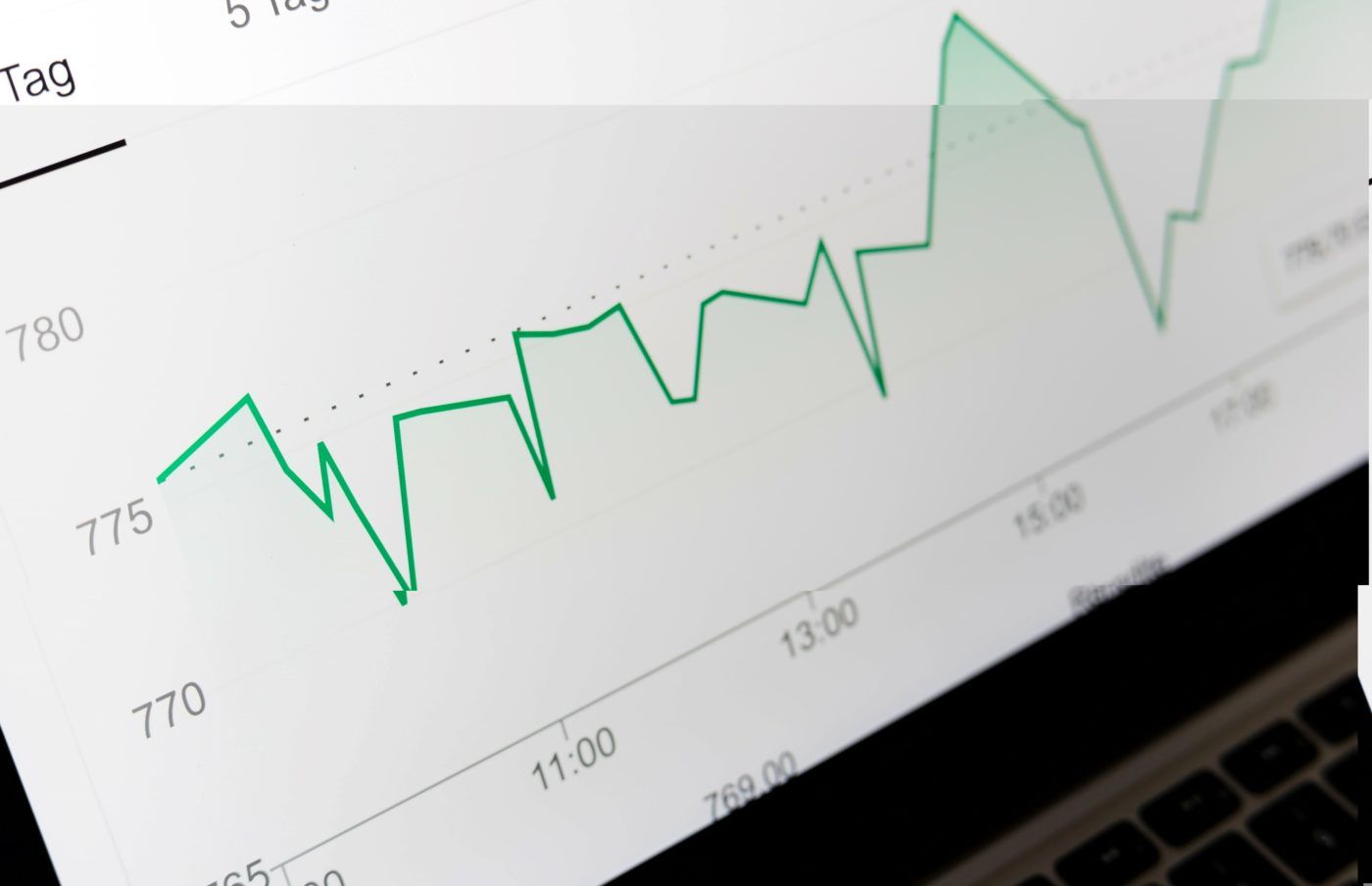 Forget Google Analytics for a moment. Step back and think as Marketing Managers what it is that you want your website to tell you (as well as do brilliantly making you/the boss stacks of cash in the process).
Forget Google Analytics for a moment. Step back and think as Marketing Managers what it is that you want your website to tell you (as well as do brilliantly making you/the boss stacks of cash in the process).
There is a massive amount of ‘questions’ that you can ask of your website that Google Analytics can provide the ‘what’ for. The ’why’ is likely to come down to you but without the ‘what’ you’ve got hunches and inklings which isn’t science.
Questions, Questions, Questions…
You can ask ‘user’ based questions or session based questions. You can look for site level answers or category answers or even product level answers. You can go further and want answers to questions of engagement or sentiment. These are all excellent buckets to start filling with questions so that you can evaluate what tracking you need in order to get the big picture according to your website.
This is all well and good, but let’s cut to the chase and ask some actual questions. I’ve made up four buckets to help group modes of thought together. These are subjective and there may be good reason for some questions to move between buckets. Equally there may be good reason for another bucket to be created. My aim is to give you some motivation to look up from the data for a second and put together a framework for how you can better understand what your website can tell you.
Right, disclaimer over…The first two buckets centre on conversions. Or lack of conversions depending on your view point. Conversions at a macro or micro level are as close to fact as you can get when dealing with C-level folk. Pick a strong set of conversions to monitor and your job doesn’t necessarily get easier, but it’ll likely get more interesting.
Conversion Analysis
It can be easy to stop at simply how many conversions you’ve had. Maybe you’ll normally look at the Ecommerce conversion rate, but dig a bit deeper and you can understand the opportunity you have to increase conversions.
‘Look To Book’ is a great place to start. Take your Ecommerce conversion rate and break it down further.
- Look to book ratio for category pages – choose a Source/Medium, add the Sessions with Transactions Advanced Segment then look at the % of sessions that result in a transaction that started on a category page
- Look to book ratio for product pages – choose a Source/Medium, add the Sessions with Transactions Advanced Segment then look at the % of sessions that result in a transaction that started on a product page
Comparing bounced and non-bounced transactions can prompt questions over the effectiveness or not of your landing pages as well as your product’s ability to inspire an impulse buy. Consider the following by dropping a Sessions with Transactions Advanced Segment in and reviewing:
- Number of or % of visits with a purchase (from non-bounce visits)
- Number of or % of visits with a purchase (from bounced)
From a troubleshooting point of view this will back up any suspicion you may have of a site issue if it is very unlikely that people buy and bounce. I’ve suggested either using the number of or the % of as a means of ensuring a solid trend is captured. A simple % can obscure the picture so it’s useful to get the context with an absolute number too.
User Conversion Behaviour
There is so much to glean from this particular bucket. Here you can really delve into User Behaviour especially from your active customers.
A lot of these questions are ideal for a CRO review of your money pages.
- % of Logged in/out users prior to ‘add to basket’. This can highlight how much of a barrier this is to conversions
- Number of or % of ‘add to basket’ clicks
- Number of or % of ‘add to basket’ clicks from category page
- Number of or % of ‘add to basket’ clicks from product page
- Number of or % of visits with at least one cart started
Cart upsells should be isolated as a means of understanding how you can increase the value of the average customer order, or conversely, if it’s a barrier to conversion. This is a massive profit improving insight to measure:
- Number of or % of upsells from cart recommendations
- Number of or % of Wishlist/Save for later clicks – this type of functionality offers up on a plate the product to remarket or eshot users with. They’ve told you what they’re interested in. You now have to get your offer or timing right to convert them
If you are looking at how you can tighten up your user experience and customer satisfaction, incorporating the following data sets into your analysis will provide excellent context:
- Number of or % of Incomplete forms
- Number of or % of returns
User Content Interaction
Now we can really drill down to the quirks of the user. That’s not to be flippant as there is a great deal to be learned from the idiosyncrasies of your site visitors. It can reveal what type of content and the format works best to engender greater interaction and sentiment.
- Number of or % of clicks on images – if people are clicking on it, should it be clickable and take the user on somewhere?
- Number of or % of Image mouse overs
- Number of or % of Image zooms – is the image effectively portraying its content
- Mouse movement or linger time?
- % of product pages scrolled – where is your call to action?
- % of category pages scrolled
- Types of filtering/sorting – are users choosing ‘price: low to high’ because you don’t default to it?
Find out more from your website about whether you are stocking the right products by drilling down further on product pages:
- Brands selected – how does brand selection correlate with transaction?
- Number of or % of Brands selected – are you over stocked with one brand and under stocked with another?
- Products selected – again how does specific product selections correlate with actual transactions?
- Sizes selected
- Colours selected
- % of sizes available
- % of colours available
- Number or % of product page views where the product was out of stock – a major barrier to conversion. How does your site deal with this?
- Number of or % of visits where product is out of stock
- What sizes are out of stock?
- Type of delivery selected – do you need 3 types of delivery?
Content Consumed
The last bucket I consider centers more on content consumption. It looks at the user reactions to site content and format as a conversion.
- % of visits with a category page view – are users making it past your top level hierarchy and into the guts of your site?
- % of visits with a product page view
- Number of or % of social shares – drill this down further to category or product pages, have you or should you have implemented Open Graph mark up?
- Number of or % of clicks on tabbed content – does this show signs of content exploration, how far can you push this, do people go further than page 12 for example?
- Page version for logged in/out user – how does user behaviour differ on logged in/out page variants?
- Device type and screen resolution – does your super slick design cater for those pesky mobiles and tablets?
Summary
Google Analytics tracking implementation for these questions or scenarios will take in everything from event tracking to custom variables, metrics and dimensions. But it’s there to be taken advantage of. A specific ‘How To..’ guide on this type of implementation is a whole other post and there are a number of excellent sources I’d refer you to on the subject such as Himanshu Sharma’s terrific analytics blog Optimize Smart.
If you would like to speak about us about creating an analytics suite to meet your reporting needs, contact us for a chat and we can tailor something to your needs. Check out our free Google Analytics For Business whitepaper too.
Images by Bigstockphoto.com





Leave a Reply